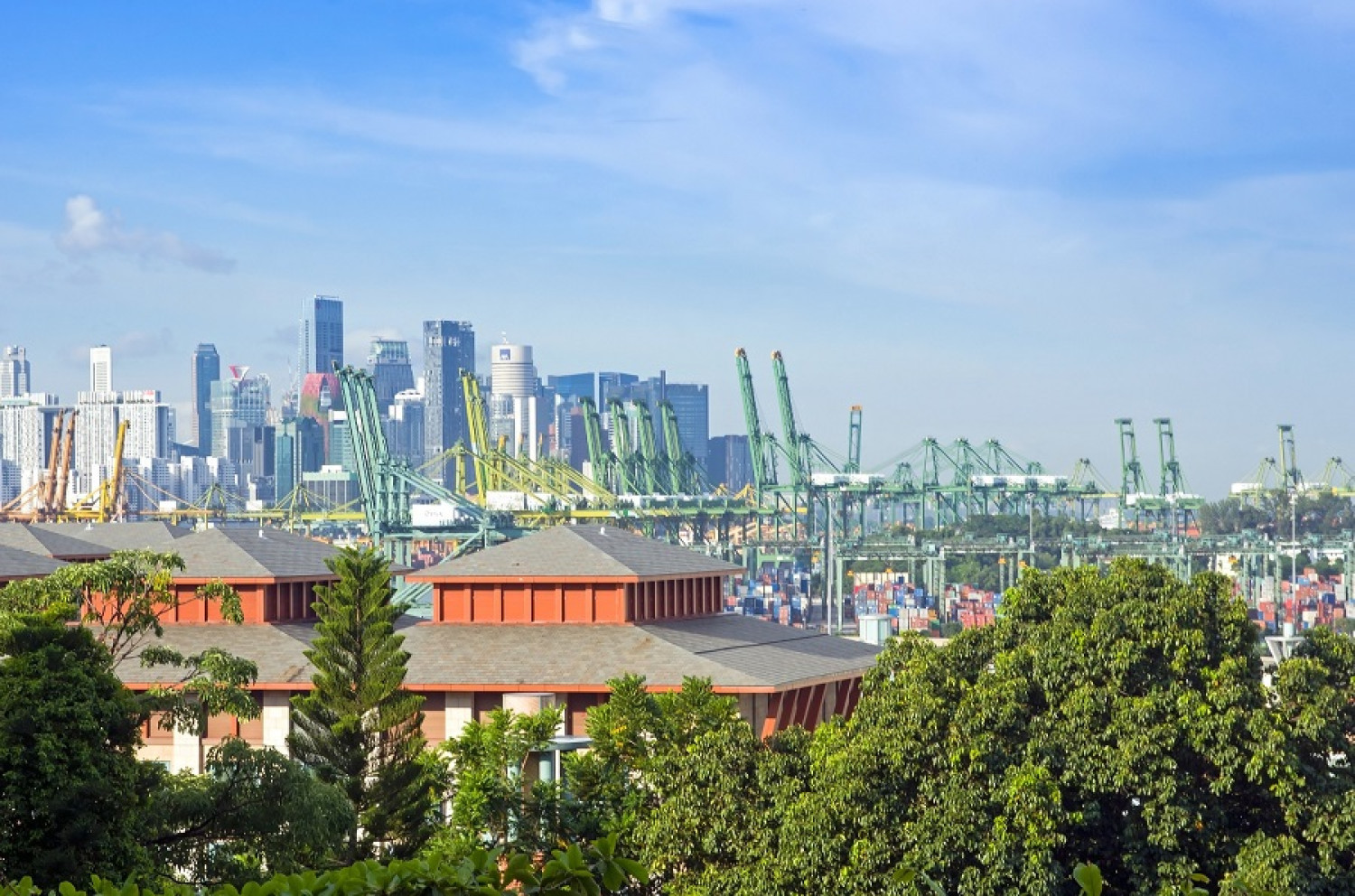Flight to quality continues in industrial property as tenants flock to limited high-spec space
By Timothy Tay
/ EdgeProp Singapore |

Ask Buddy
Past Industrial rental transactions
Price trend for industrial property sales
Compare price trend of Commercial vs Industrial properties
Listings for industrial property
Past Industrial sale transactions
Past Industrial rental transactions
Price trend for industrial property sales
Compare price trend of Commercial vs Industrial properties
Listings for industrial property
Past Industrial sale transactions
SINGAPORE (EDGEPROP) - A two-tiered industrial property market looks set to emerge in Singapore this year on the back of limited supply of high-quality industrial space, as older industrial spaces in the suburbs struggle to attract tenants, says Dominic Peters, senior director of industrial services at Colliers International.
His comments follow the release of JTC’s 4Q2019 market report for Singapore’s industrial property market.
The latest statistics show that the overall occupancy rate of industrial space in Singapore fell by 0.1 percentage point (ppt) to 89.2% in 4Q2019, while the price index of all industrial space fell by 0.2% q-o-q. Islandwide occupancy rate for the whole of 2019 also declined by 0.1% ppt y-o-y, and the price index recorded a fall of 0.3% y-o-y.
Advertisement
The single-user factory segment saw its occupancy rate drop by 0.3 ppt q-o-q during 4Q2019, and on a yearly basis, the occupancy rate for this segment also dropped by 0.1 ppt. According to Tricia Song, head of research for Singapore at Colliers International, this was because the net new supply in 2019, amounting to 9.3 million sq ft, outstripped net new demand at 7.8 million sq ft for the year.
Table: JTC
Brenda Ong, executive director and head of logistics and industrial at Cushman & Wakefield (C&W), expects industrial rents for multi-user factories and single-user factories to moderate against an increase in supply in 2020.
Ong says: “The single-user factory segment recorded some negative absorption as industrialists gave up or reduced their footprints in the space required for their business. Warehouse rents are also expected to stabilise and increase marginally because of healthy take-up in the past year, which we envisage will continue in 2020.”
Desmond Sim, CBRE’s head of research for Southeast Asia, points out that Singapore’s non-oil domestic exports last quarter increased by 2.4% y-o-y, its first expansion since February 2019. The Purchasing Manager’s Index (PMI) also rose to 50.1 in its first expansion since April last year. Industrial rents appear to have stabilised alongside these early signs of a possible economic recovery, he says.
But Tay Huey Ying, head of research and consultancy at JLL Singapore, says: “The industrial property market remains exposed to downside risks in 2020. While there are nascent signs of a turnaround in the manufacturing sector and economic growth is expected to pick up in 2020, this could be derailed by unexpected external events such as the Wuhan virus.”
Tay adds: “Barring any unforeseen external shocks, we expect demand prospects to remain uneven across the various industrial property segments. Industrial developments with higher building specifications catering to the needs of new-economy firms (e.g. technology companies) and firms from higher value-added industries are likely to outperform the broader market.”
Advertisement
This includes the business park segment which saw rents climb for the fourth consecutive quarter by 0.1% q-o-q in 4Q2019, matching the same pace as in 3Q2019. In particular, notable developments such as Viva Business Park, International Business Park, and CleanTech Park saw their respective occupancy rates increase by 3.1 ppt, 0.1 ppt, and 1.3 ppt.

Singapore's industrial supply (Graphic: Cushman & Wakefield)
According to Colliers’ Song, the business park segment ended 2019 with overall rents rising by 1.3% y-o-y, and overall occupancies increasing by 1.3 ppt y-o-y on the back of strong leasing demand from technology, media and e-commerce sectors. “We note that these companies have continuously gravitated towards newer business park spaces for better accessibility, good amenities and greater cost savings,” says Song.
Colliers’ Peters adds: “We forecast the flight to quality in business park and high-specs segments to continue due to limited supply amid higher demand for premium space. Centrally-located business parks and high-spec buildings with good amenities should attract healthy demand, while those older and further away from MRT stations in the suburbs could face more difficulty in finding tenants, despite lower rents.”
JLL’s Tay expects a surge in new business park completions this year, saying that “five of the seven upcoming projects are purpose-built facilities with pre-commitments from major occupiers like Grab, Wilmar International and TÜV SÜD. Moreover, efforts by landlords to spruce up their older assets should enhance their marketability and ability to command higher rents on completion of upgrading works.”
Looking ahead, C&W’s Ong says there is “some optimism” for improvement in the industrial sector, as the roll-out of 5G wireless networks globally could spur demand for semiconductors. But she adds that investor appetite for industrial assets will continue to stay healthy although opportunities are limited.

Industrial rents for multi-user factories and single-user factories could moderate against an increase in supply in 2020, says Brenda Ong, executive director and head of logistics and industrial at Cushman & Wakefield
Read also:
Advertisement
Ask Buddy
Past Industrial rental transactions
Price trend for industrial property sales
Compare price trend of Commercial vs Industrial properties
Listings for industrial property
Past Industrial sale transactions
Past Industrial rental transactions
Price trend for industrial property sales
Compare price trend of Commercial vs Industrial properties
Listings for industrial property
Past Industrial sale transactions
https://www.edgeprop.sg/property-news/flight-quality-continues-industrial-property-tenants-flock-limited-high-spec-space


Follow Us
Follow our channels to receive property news updates 24/7 round the clock.
Subscribe to our newsletter
Advertisement
Advertisement
Advertisement
Top Articles
Search Articles